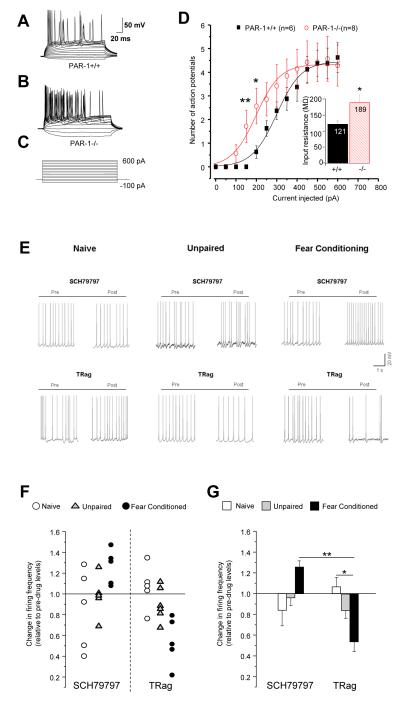Figure 5. Fear conditioning-dependent, bidirectional control of firing frequency of basal amygdala neurons by PAR1.
(A-D) Current-clamp experiments revealed higher neuronal firing rate in PAR1−/− mice after fear conditioning. Voltage responses (representative traces in A, B) were recorded by currents steps from −100 to +600 pA in 50 pA increments (C) from principal neurons of the basal nucleus of PAR1+/+ and PAR1−/− mice 48 h after fear conditioning. Number of action potential spikes was counted as a function of depolarizing current injection (D). Fear conditioning significantly increased action potential firing rate in PAR1−/− (p < 0.01 at 150 pA; p < 0.05 at 200 pA). Insert shows a significant increase in the mean input resistance in PAR1−/− mice (n=8) compared to PAR1+/+ (n = 7; p<0.05). (E) Representative traces of current-clamp recordings at −40 mV from neurons of naïve, unpaired or fear conditioned mice before or after treatment with PAR1 antagonist SCH79797 (1 μM), or agonist TRag (5 μM). In fear conditioned (but not naïve or unpaired) PAR1+/+ mice inhibition of PAR1 with SCH79797 caused an increase while stimulation with TRag elicited a decrease in neuronal firing frequency (individual cells in F and means ± SEM for each group in G) *p < 0.05; **p < 0.01.

